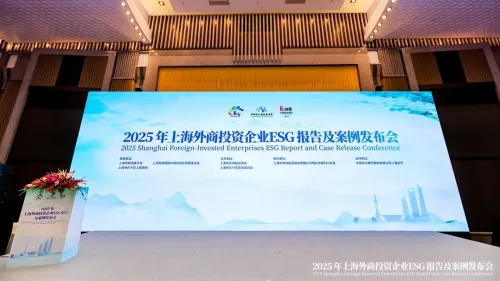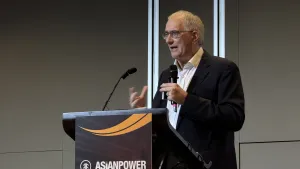
How companies can achieve their ESG commitments
They should reach an internal consensus to reconcile their priorities and ESG goals.
Achieving environmental, societal and governance (ESG) goals hang in the balance for companies as they face hurdles in implementing programmes that are aligned with the businesses’ other priorities, according to L.E.K. Consulting.
L.E.K. noted that sustainability and ESG are gaining traction in the private sector with over 700 of the largest 2,000 publicly traded firms globally having net-zero commitments, amongst others.
“Companies are willing, for very sound business and societal reasons, to become more sustainable, but they’re not fully ready, and far from able at a senior executive and board level, to deliver against those ambitions,” said John Goddard, Partner at L.E.K. Consulting and Vice Chair, Sustainability, in a statement.
In its Global Corporate Sustainability Survey 2022 involving 400 C-Suite executives across the US, Europe, and Asia, 51% of the organisations consider ESG as a growth driver and 20% look at it in the context of innovation.
It also found that 51% of the executives agreed that their company should address ESG issues even if it entails cutting short-term financial performance.
However, L.E.K said companies would need to reach an internal consensus on handling the tension between short-term priorities and investments for sustainable growth before achieving their ESG goals.
According to the report, 58% of the executives noted that there were significant differences in opinion within the leadership team on balancing short-term priorities with long-term ESG goals.
L.E.K. said companies have difficulty in achieving consensus because of the range and complex risks attached to ESG and sustainability. These include the cost of energy transitions, supply chain sustainability commitments and regulatory compliance.
There are also risks in finance-related areas which include stranded assets with lowered value, ESG ratings, which are yet not standardised nor consistent, and pressure from activist investors.
Companies would also need to address reputation-related risks which include consumers’ increasing sophistication, “cancel culture” aimed towards corporations and talent and retention issues related to the views on a company’s ESG stature.
The lack of metrics or key performance indicators (KPIs) is also a challenge for companies, with only 27% of the companies having any enterprise-wide ESG KPIs, and only 3% have a full set in place, the survey found. L.E.K. said the lack of which will make it difficult for companies to align executive remuneration with ESG targets.
“Company leaders acknowledge that linking executive compensation to sustainability targets will be a key step in achieving ESG goal, but too few companies are at this point yet,” Goddard said.
Amongst the challenges, 34% cited the lack of strategic alignment across key stakeholders, 33% selected “leadership team unaligned on what ESG ambition should be, 33% noted the lack of relevant capabilities/skills for clear decision-making and accountability, and another 33% said there is a lack of the right culture/mindset.
A total of 43% chose “reward and incentives frameworks” amongst the key areas their organisation is least prepared to deliver on ESG goals, and 40% chose “the right culture, including tone and engagement from the top.”
The report also found that 79% of executives said the organization needs to do more to have the required skills and capabilities to carry out sustainability goals, and 59% said their company has made no substantial progress in understanding the financial risk and opportunity linked to climate.
It also found that 54% said that their companies have not made a significant move to integrate ESG factors into their capital allocation, and 48% do not think their company’s current product and service offerings are sustainable.
Moving forward
To achieve their ESG targets, Goddard said leaders and boards should establish a common language for the development of sustainability goals and understand the strategic choices to reach them
They should also invest in educational programs and engage the whole leadership team in analysing the financial and non-financial strategic choices that might be needed in achieving the ESG targets.
Goddard said that they start to set measurable goals to set KPIs and allow “reporting and tracking, and putting in place interim targets so remuneration can be linked to ESG strides.”














